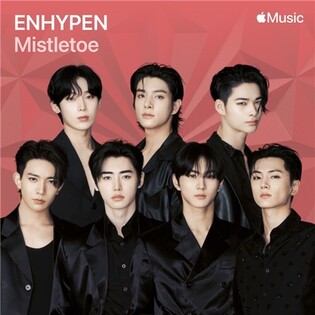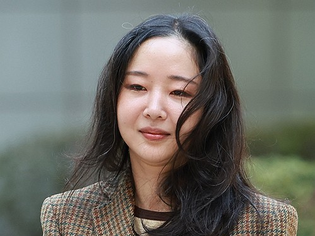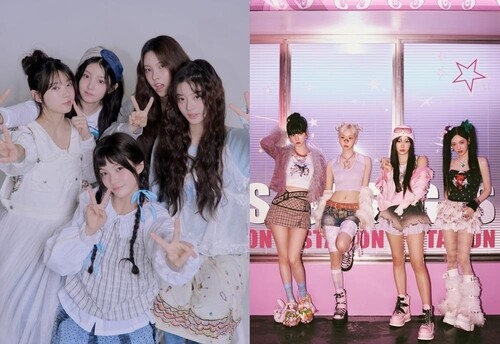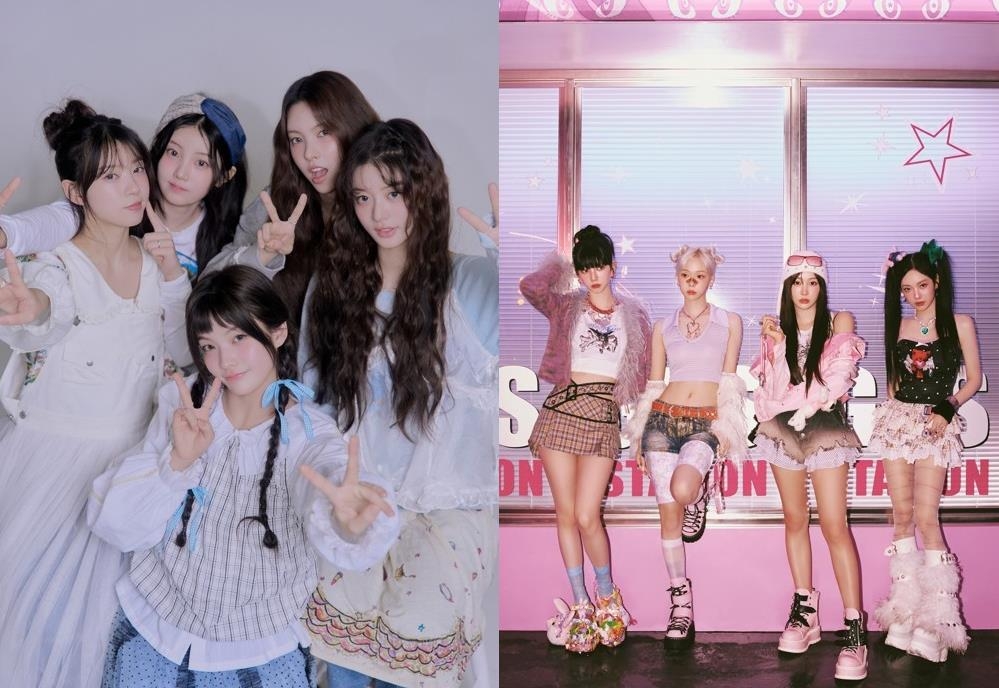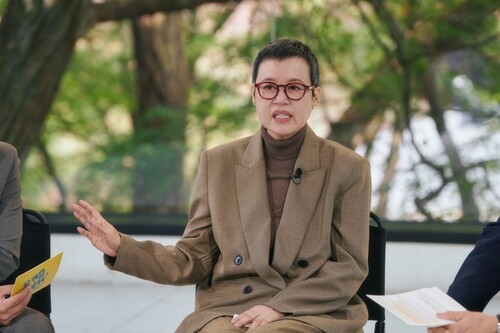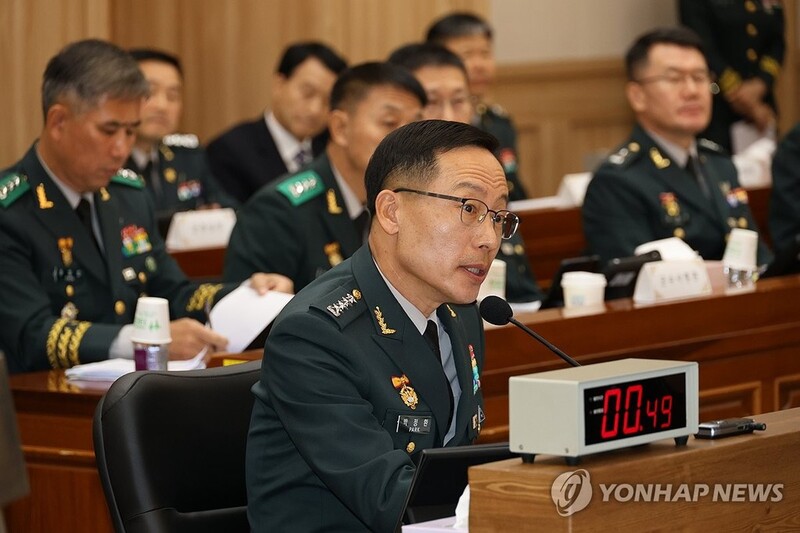 |
| ▲ Army Chief of Staff General Park Jeong-hwan speaks during a parliamentary audit session held at the Army headquarters in Gyeryong, some 140 kilometers south of Seoul, on Oct. 23, 2023. (Yonhap) |
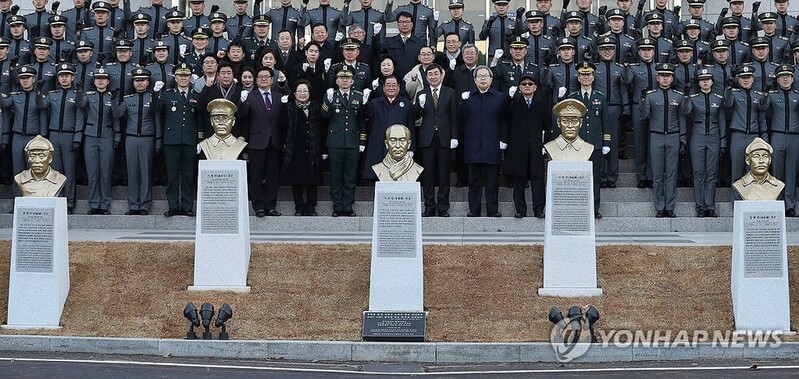 |
| ▲ This file photo dated March 1, 2018, shows an unveiling ceremony of the busts of independent fighters held at the Korea Military Academy in northern Seoul. (Yonhap) |
(2nd LD) military-NK threat
(2nd LD) S. Korea vows to bolster defense system against N. Korean missile threat
(ATTN: UPDATES with Air Force's policy report in paras 9-10)
By Kim Eun-jung
GYERYONG, South Korea, Oct. 23 (Yonhap) -- The South Korean military will beef up its defense capabilities against North Korea's evolving nuclear and missile threat and asymmetric warfare tactics, the Army said Monday.
In a policy report for a parliamentary audit, the Army outlined its plan to enhance the Three-Axis System designed to track, detect and strike North Korea's missile and artillery systems amid renewed security concerns over Seoul's defense capabilities in the wake of the Israel-Hamas conflict.
"North Korea's enhanced nuclear and missile capabilities and Hamas' surprise attacks on Israel remind us that North Korea could provoke at any moment," Army Chief of Staff General Park Jeong-hwan said at an audit session held at the military headquarters in Gyeryong, about 140 kilometers south of Seoul.
"The Army is acutely aware of the severity of the security environment and is committed to fulfilling its mission of defense through leading national defense innovations," Park added.
South Korea's Three-Axis System includes the Kill Chain preemptive strike system, the Korea Air and Missile Defense System composed of multi-layered missile interceptors, as well as the Korea Massive Punishment and Retaliation campaign, which is aimed at eliminating the adversary's command-and-control by neutralizing its leadership and military facilities.
Pyongyang has staged a flurry of ballistic missile tests since last year, including launches of the Hwasong-18 solid-fuel intercontinental ballistic missile in April and July. It also made two failed attempts to put a military spy satellite into orbit earlier this year.
The Army said it will establish a "comprehensive, multi-tier defense system" to protect key facilities and the Seoul metropolitan region, home to about half of the country's 51.5 million population, against the North's long-range artillery and missile threat.
It vowed to push for an early deployment of interceptors and an advanced defense system capable of striking incoming cruise missiles at a low altitude, while additionally securing high-precision missiles and reinforcing the operational capabilities of special forces.
In a separate policy report, the Air Force said it will prop up the Kill Chain preemptive strike system through an acquisition program to additionally buy stealth jets and develop a future air combat strategy that mixes homegrown KF-21 fighter jets and drones by 2040.
In March, the Defense Project Promotion Committee approved a 3.75 trillion-won (US$2.82 billion) plan to buy the F-35A aircraft through 2028. The South Korean Air Force currently maintains 40 F-35As manufactured by U.S. defense giant Lockheed Martin.
During the session, ruling and opposition party lawmakers bickered over the Korea Military Academy (KMA)'s move to relocate the bust of the late independence fighter Hong Beom-do (1868-1943) outside of its Seoul campus, which was erected in 2018 during the former Moon Jae-in administration.
Although Hong has been revered as a prominent independence fighter against Japan's colonial rule, he become a subject of ideological dispute after the defense ministry in August announced its controversial decision to relocate his bust at its headquarters and the KMA, citing his past record of collaborating with Soviet communist forces.
The Army chief said Hong's bust at the KMA does not fit its founding principle due to his connection to communism and its relocation is part of efforts to instill cadets with "the proper perspective of the adversary."
"The achievements of independence fighters, including Hong, are great and should be respected, but Hong's bust at the Korea Military Academy is not appropriate," Park said.
(END)
(C) Yonhap News Agency. All Rights Reserved








